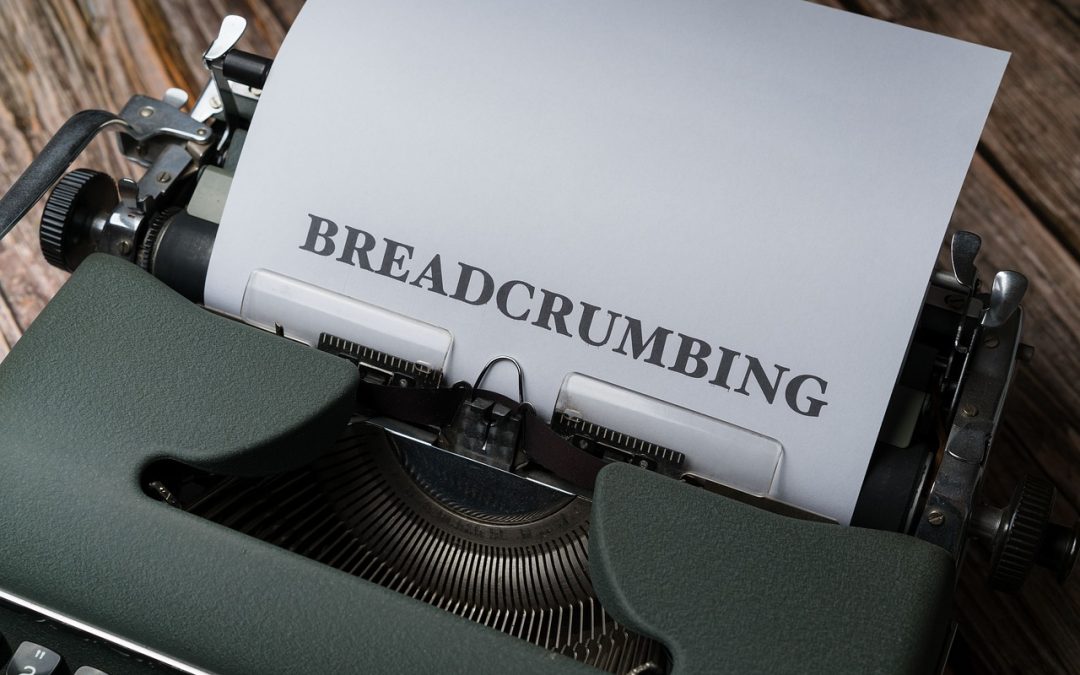of meaning and interpretation.” This statement suggests that Ivy Haldeman’s work often plays with the idea of uncertainty and multiple interpretations, which raises interesting questions about potential future trends in the art industry.
One potential future trend is the continued exploration of ambiguity and multiple meanings in art. Haldeman’s art challenges viewers to question their initial assumptions and dig deeper into the layers of meaning in her work. This can be seen in her use of empty bikinis, which evoke a sense of mystery and make us wonder what happened to the person once wearing them. This trend of creating art that prompts viewers to reflect and question may become more prevalent in the future as artists seek to engage their audiences on a deeper level.
Another potential future trend is the blurring of boundaries between different mediums and art forms. Haldeman’s exhibition at François Ghebaly combines photography, painting, and sculpture to create a cohesive body of work. This interdisciplinary approach allows her to explore different dimensions of her themes and creates a more immersive experience for viewers. In the future, we may see more artists embracing this multidisciplinary approach, combining traditional art forms with new technologies and installations to push the boundaries of what art can be.
Furthermore, the concept of “slippage” mentioned in Haldeman’s exhibition suggests a trend towards exploring the fluidity and instability of meaning in art. The idea that meaning can shift and change depending on the context or interpretation challenges traditional notions of fixed and definitive interpretations. We may see more artists experimenting with this concept in the future, creating works that are open to multiple interpretations and allowing viewers to engage with the artwork on a more personal level.
In light of these potential future trends, there are several recommendations for the industry. Firstly, galleries and museums should embrace and support artists who are pushing the boundaries of traditional mediums and exploring new ways of creating art. This could involve providing resources and spaces for artists to experiment with interdisciplinary approaches and technologies.
Secondly, art education programs should incorporate the teaching of critical thinking and interpretation skills. As artworks become more complex and open-ended, viewers need to develop the ability to engage with and interpret art in a meaningful way. By incorporating these skills into art education, we can empower viewers to fully appreciate and engage with the artworks they encounter.
Lastly, the art industry should prioritize inclusivity and diversity. By promoting a wide range of perspectives and voices, we can ensure that the future of art is rich and varied. This can be achieved by actively seeking out and supporting artists from underrepresented communities, as well as encouraging dialogue and collaboration between artists of different backgrounds.
In conclusion, Ivy Haldeman’s artwork raises intriguing questions about future trends in the art industry. The exploration of ambiguity, the blurring of boundaries between different mediums, and the concept of “slippage” all suggest potential directions that art may take in the future. By embracing these trends and implementing recommendations for the industry, we can ensure a vibrant and engaging future for art.
